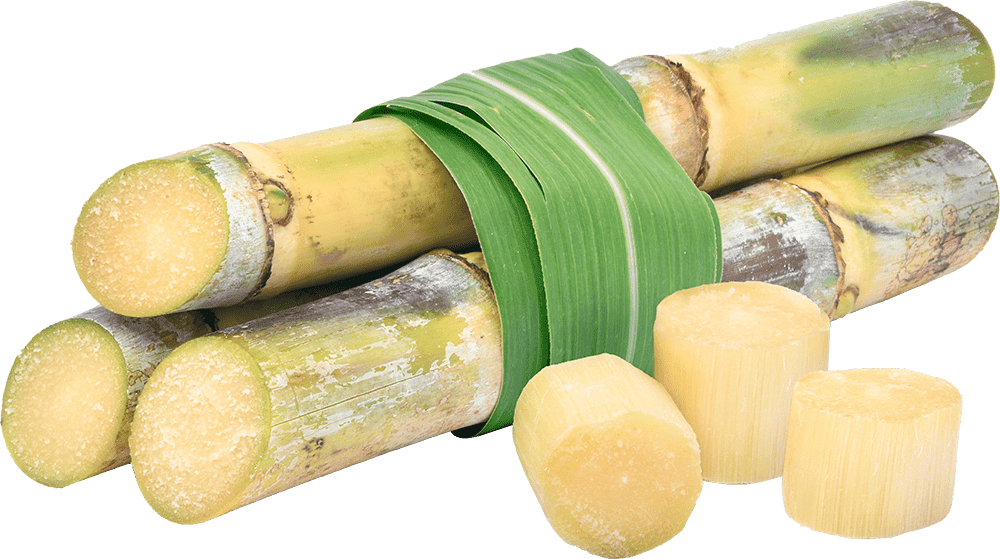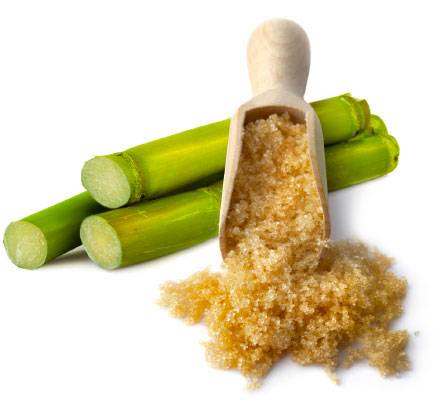A Comprehensive Guide to the Ecological Impact and Sustainability Practices in Cane Sugar Handling
The environmental effect of walking cane sugar processing presents a complex range of difficulties that warrant cautious exam. From dirt destruction and excessive water use to the carbon impact linked with farming and manufacturing, the effects of typical techniques are far-ranging. In comparison, the adoption of cutting-edge sustainability measures uses a pathway toward much more responsible production methods. Comprehending the interaction in between these problems is critical for stakeholders in the sector. What details methods can be carried out to strike a balance between productivity and ecological stewardship? The responses lie in a closer look at both the obstacles and prospective services.
Overview of Cane Sugar Handling
Cane sugar handling involves a collection of systematic actions that transform sugarcane right into refined sugar. Originally, harvested sugarcane is transferred to refining facilities, where it undertakes cleaning to eliminate dirt and debris. Following this, the walking stick is squashed to extract juice, which is after that clarified by eliminating contaminations through home heating and the enhancement of lime.
The clarified juice undergoes dissipation, where water is gotten rid of to focus the sugar content. These crystals are separated from the remaining syrup utilizing centrifugation, resulting in raw sugar.
The last item is after that dried out and packaged for distribution. Throughout this whole procedure, keeping performance and quality assurance is vital to make certain the sugar meets industry standards. Each action in walking cane sugar handling not just adds to the last item however likewise has effects for source usage and waste generation, setting the stage for conversations on sustainability and ecological influences connected with sugar manufacturing.
Ecological Difficulties of Manufacturing
The production of walking stick sugar offers numerous substantial ecological difficulties that warrant interest. One primary issue is the comprehensive use of agrochemicals, including chemicals and plant foods, which can cause soil degradation, biodiversity loss, and contamination of local water resources. The overflow from sugarcane fields frequently carries these chemicals into nearby communities, disrupting marine life and influencing the health and wellness of communities reliant on these water bodies.
Another obstacle is the high power consumption related to sugarcane processing. The boiling and refining phases need substantial warmth, mostly generated by melting nonrenewable fuel sources, contributing to greenhouse gas emissions. In addition, the large land location required for sugarcane farming can result in deforestation and environment destruction, more intensifying environment modification and harmful wildlife.
In addition, the labor methods in some areas increase moral worries, as workers may encounter bad working conditions and poor salaries. This scenario typically bolsters a cycle of hardship in neighborhood communities. Cane Sugar Processing. Resolving these environmental difficulties is important for creating much more lasting practices in walking stick sugar manufacturing, ultimately benefiting both the setting and the communities associated with this industry
Water and Land Use Effect
Water sources and land usage are important components in the walking cane sugar sector that significantly affect the setting. The cultivation of sugarcane needs significant water input, with price quotes suggesting that it can take in as much as 2,000 litres of water per kilo of sugar produced. This intensive use water frequently brings about deficiency of local water resources, affecting not only the sugarcane vineyards yet additionally bordering ecosystems and areas that depend on the same water sources for agriculture and domestic use.

Furthermore, land use for sugarcane cultivation can cause deforestation and the conversion of natural environments into monoculture vineyards. This practice decreases biodiversity, interferes with local ecological communities, and contributes to dirt deterioration. The development of sugarcane fields typically elbows in on valuable agricultural land, developing competition for resources in between food and biofuel manufacturing.
Sustainable methods, such as optimizing irrigation methods and applying crop rotation, are necessary to mitigate these click resources impacts. By embracing a lot more reliable water usage and land administration approaches, the cane sugar market can minimize its eco-friendly impact, ensuring a balance between official source agricultural efficiency and ecological conservation.
Greenhouse Gas Emissions
Greenhouse gas emissions represent a considerable environmental problem within the walking cane sugar handling industry, particularly as agricultural practices expand to meet global need. The growing of sugarcane, a plant that grows in exotic environments, depends heavily on synthetic fertilizers and pesticides, which add to nitrous oxide exhausts. In addition, land-use changes, including deforestation for brand-new sugarcane haciendas, launch co2 kept in plants and soil.
Throughout processing, power usage is one more major resource of greenhouse gas discharges - Cane Sugar Processing. Many sugar mills make use of fossil gas to power machinery and create warm, leading to considerable carbon impacts. In addition, the transport of raw sugarcane and finished items adds layers of exhausts with fuel burning in cars
The cumulative impact of these emissions aggravates climate modification, positioning threats not only to the setting however additionally to the long-lasting viability of the market. Stakeholders must identify the urgent requirement for comprehensive techniques that resolve these discharges. This entails assessing existing agricultural methods, processing techniques, and transport systems to identify locations for renovation and mitigation. Addressing greenhouse gas discharges is essential for fostering a much more lasting cane sugar market in a transforming environment.

Lasting Practices and Innovations
Sustainable techniques and advancements are increasingly essential in the walking stick sugar processing market as stakeholders seek to lower environmental influences while preserving performance. One considerable advancement is the application of integrated plant monitoring, which enhances source use by incorporating soil management, parasite control, and crop turning techniques. This technique boosts yield while decreasing chemical inputs and preserving dirt wellness.
Furthermore, the fostering of renewable energy resources, such as biomass from sugarcane residues, has actually acquired grip - Cane Sugar Processing. By transforming waste products into power, refining facilities can decrease their dependence on fossil fuels, thus reducing greenhouse gas exhausts
Water management methods have actually also seen enhancements via the recycling and reusing of water in handling plants, considerably minimizing freshwater intake. Innovations in innovation, such as precision farming, make it possible for farmers to check crop health and resource usage better, guaranteeing lasting growing techniques.
In addition, certification programs like Fair Trade and Rainforest Alliance encourage environmentally responsible farming methods and promote social equity within the supply chain. By accepting Check Out Your URL these sustainable practices and advancements, the walking cane sugar handling sector can boost its strength and add favorably to environmental stewardship.
Final Thought
The environmental impact of cane sugar processing presents substantial obstacles, consisting of soil deterioration, high water usage, and greenhouse gas emissions, alongside moral problems connected to labor techniques. Attending to these problems through sustainable techniques, such as incorporated crop management, eco-friendly power fostering, and water recycling, is essential. By advertising socially equitable and environmentally responsible approaches in sugar production, the industry can minimize its negative impacts, ensuring an extra lasting future for both ecological communities and areas entailed in this industry.
Cane sugar handling involves a collection of methodical actions that transform sugarcane right into refined sugar. Each action in walking stick sugar processing not just adds to the final product yet likewise has ramifications for source use and waste generation, setting the stage for conversations on sustainability and environmental impacts connected with sugar production.
Greenhouse gas emissions stand for a substantial environmental worry within the walking stick sugar handling sector, particularly as farming methods increase to satisfy international demand.Sustainable techniques and developments are significantly important in the walking cane sugar processing market as stakeholders look for to reduce environmental influences while maintaining efficiency.The ecological influence of cane sugar processing offers significant challenges, including dirt destruction, high water consumption, and greenhouse gas discharges, along with moral issues associated to labor techniques.